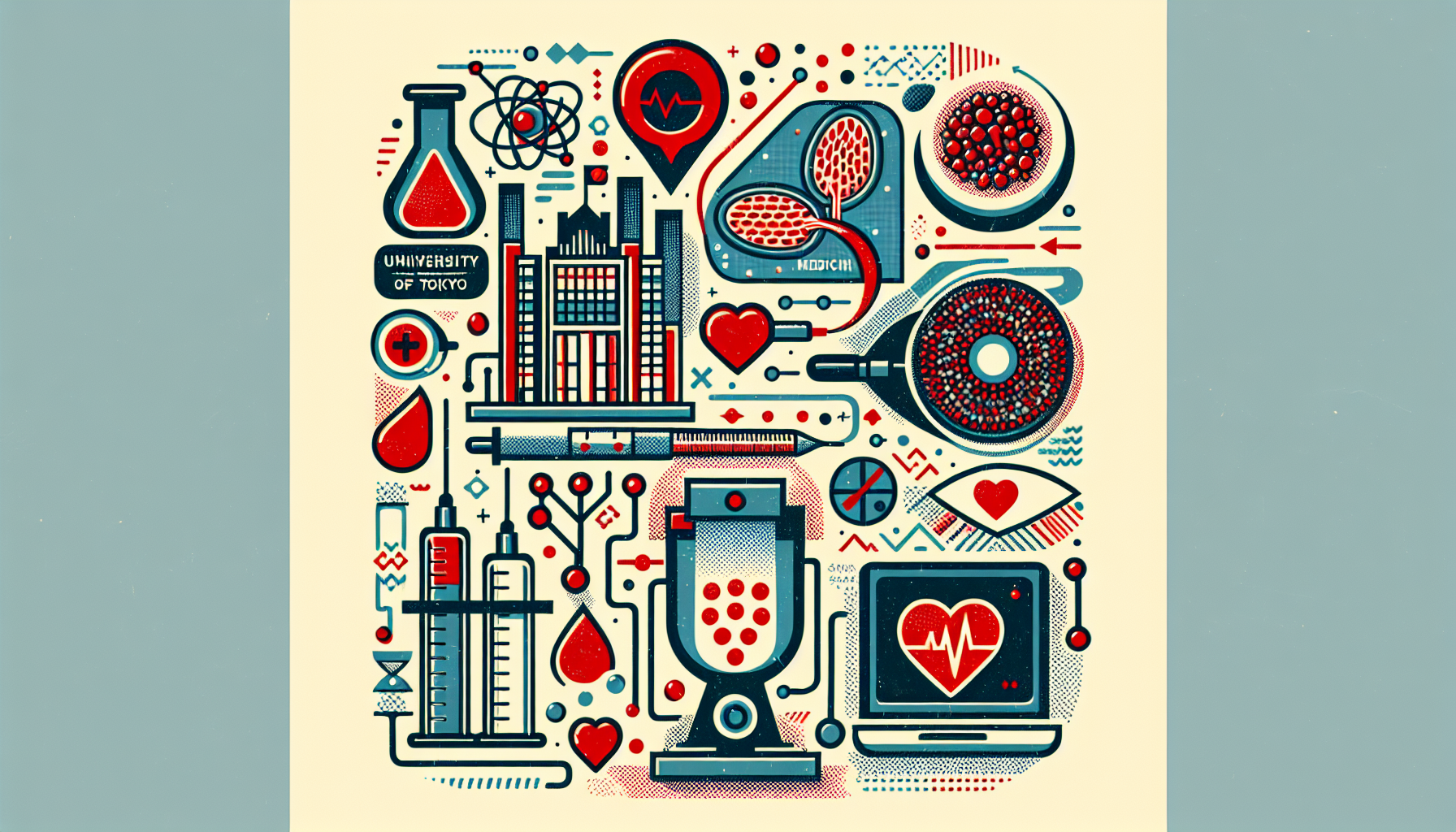Advancements in medicine often come quietly, but their impact can be profound. One such breakthrough, developed by researchers at the University of Tokyo, has the potential to change the way doctors detect and treat blood clots—a silent threat to millions, especially those with heart disease.
The Power of Artificial Intelligence and Microscopy
Blood clotting is a natural process that helps stop bleeding, but when it happens at the wrong time or place, it can block important blood vessels and cause life-threatening conditions like heart attacks or strokes. Understanding when and how these clots form inside the body has always been difficult, and traditional methods of monitoring are often slow and limited.
Today, this is changing. By joining artificial intelligence (AI) with a state-of-the-art microscope, scientists have created a new system that can watch blood cells closely as they move, in real-time. This approach is both gentle and powerful, opening a precious window into the living world inside our veins and arteries.
How the System Works
The heart of this technology is something called a frequency-division multiplexed (FDM) microscope. Imagine a camera so fast it can take thousands of clear pictures every second, capturing blood cells as they rush through tiny vessels. This tool doesn’t just take still photographs—it movies the ongoing dance of platelets and other blood components.
But observing is only the first step. AI steps in next. The computer reviews these rapid-fire images, watching closely for tiny changes that hint at a clot forming: a single platelet activating, groups of platelets sticking together, or platelets interacting with white blood cells. The AI can detect these threats early—often before human eyes could spot them.
The Importance for Heart Disease
Coronary artery disease (CAD) is one of the most common forms of heart disease. In CAD, blood vessels that feed the heart become narrowed, and the risk of dangerous clots increases. Doctors often give antiplatelet drugs to thin the blood and lower the chance of clotting, but it’s difficult to know if the medication is working well for each person.
This new system makes it possible to monitor clot formation as it happens. By reading the blood’s subtle signals in real-time, doctors can see instantly if treatment is protecting the patient—or if the strategy needs to change. This method removes much of the guesswork, helping tailor treatment to each individual’s needs.
Real-Life Testing and Future Promise
To test this technology, researchers used blood samples from over 200 patients. In every case, the system was able to identify the early warning signs of dangerous clotting. Doctors could see not just whether blood thinners were working, but also gain new understanding of how each patient’s blood behaves.
This has powerful implications. By catching clot risks earlier, doctors can act sooner and more effectively. Quick adjustments to medicine could prevent strokes, heart attacks, and other serious complications. For patients living with CAD or at risk for other cardiovascular problems, this brings a new level of safety and care.
A New Era for Patient Care
The combination of advanced microscopy and artificial intelligence marks a new frontier in cardiovascular health. It not only deepens our understanding of blood clotting, but it also gives patients and doctors hope for more personalized care. Treatments can become more precise, and risks may be caught before they turn into emergencies.
As researchers continue to perfect this technology, it seems likely that such tools will become an essential part of medical practice. This quiet revolution reminds us that while the tools of science evolve, their purpose remains the same: to save lives and return health to those in need.

Leave a Reply